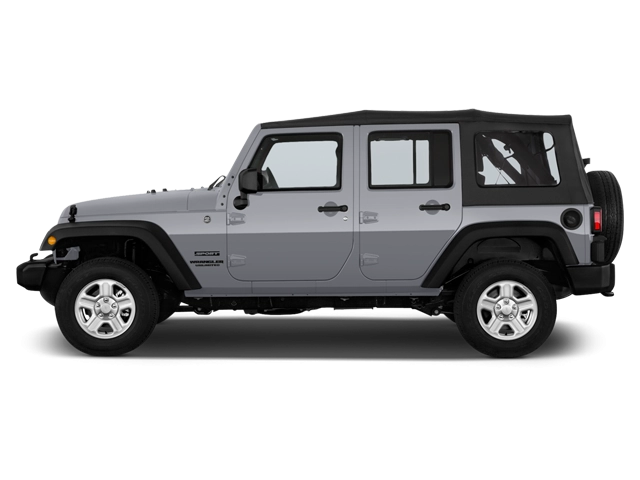2022 Jeep Wrangler Owner's Manual

Table of Contents
2022 Jeep Wrangler Overview
Introduction
The 2022 Jeep Wrangler continues to embody the spirit of adventure that has made it an iconic off-road vehicle. With its rugged build and unparalleled capability, the Wrangler is designed for both intrepid explorers and urban dwellers alike. Featuring a classic boxy shape and removable doors and roof, it is not just a vehicle; it’s a lifestyle that invites you to embrace the great outdoors.
Powertrains
The 2022 Wrangler offers an impressive lineup of powertrains to suit a variety of driving needs. The standard engine is a 3.6-liter V6 producing 285 horsepower and 260 lb-ft of torque, paired with a six-speed manual or an eight-speed automatic transmission. For those seeking more efficiency, a 2.0-liter turbocharged four-cylinder engine delivers up to 270 horsepower and includes eTorque mild-hybrid technology. The eco-conscious can opt for the Plug-in Hybrid Electric Vehicle (PHEV), known as the Wrangler 4xe, that combines a 2.0-liter turbocharged engine with electric motors for a total output of 375 horsepower.
Trims
The 2022 Wrangler is available in multiple trims, including the base Sport, Sport S, Sahara, Rubicon, and the luxurious High Altitude. Each trim is tailored to deliver unique features and capabilities, such as the Rubicon’s exceptional off-road prowess with heavy-duty axles and rock rails, while the Sahara emphasizes comfort and technology with upgraded interiors and advanced infotainment systems.
Features
Inside the Wrangler, drivers will find modern technologies including the Uconnect infotainment system with Apple CarPlay and Android Auto compatibility, along with available premium sound systems and navigation options. Safety features like adaptive cruise control, blind-spot monitoring, and rear park assist enhance confidence on the road. Additionally, the rugged interior is designed with durable materials to withstand any adventure.
Owner's Manual
The 2022 Jeep Wrangler comes with a comprehensive owner's manual that provides vital information regarding operation, maintenance, and safety features. The manual also includes essential guidelines for personalization options, off-road capabilities, and troubleshooting, ensuring that owners can maximize their Wrangler experience both on and off the beaten path.
User manual download
The Jeep Wrangler owner manual for the 2022 model year is to be found in PDF downloadable format on this page. The owner manual for the model year 2022 is free and in English, but the repair manuals are usually not easy to get and may cost more.
Manual Questions
Fill the form below and someone will help you!

